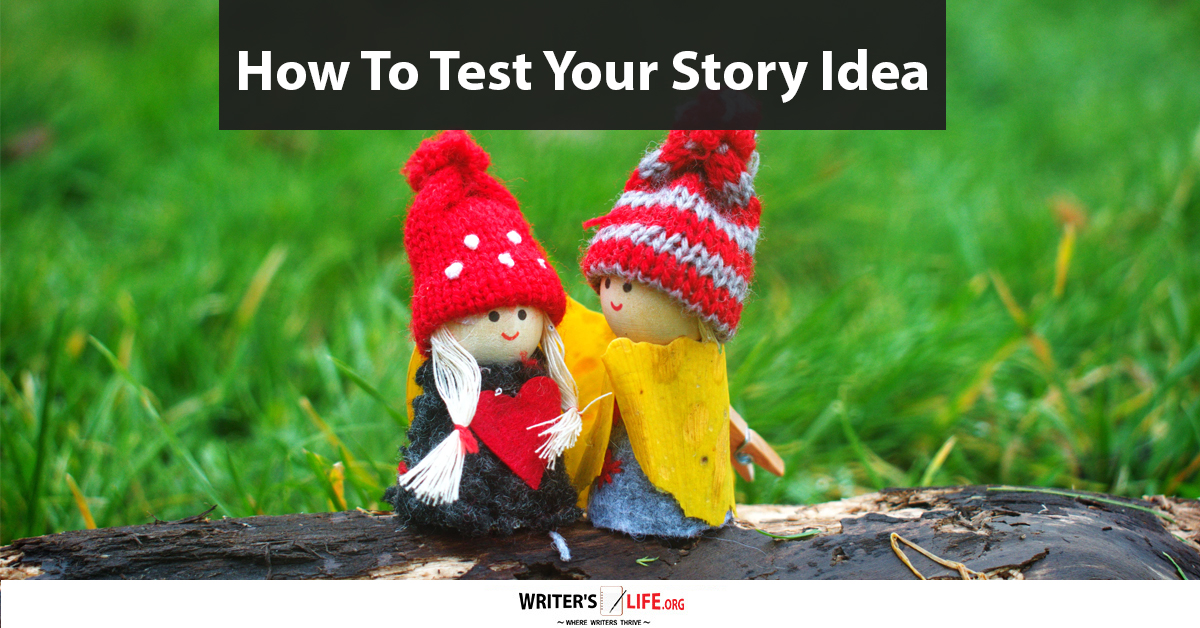- How To Tackle Jealousy In Creative Writing
- Common Submission Mistakes
- How To Stop Your Blog Becoming Boring
- The One Thing Every Successful Writer Has In Common
- How To Make Yourself Aware Of Publishing Scams
- Why Almost ALL Writers Make These Grammar Mistakes At Some Point
- 5 Tips For Authors On How To Deal With Rejection
- Top Mistakes to Avoid When Writing a Novel
- How to Avoid Common New Writer Mistakes
- 10 Mistakes New Fiction Writers Make
Narrative Pacing – How To Ensure Your Plot Has Pace

Narrative pacing can be tricky to get right but is an essential part of writing a successful story. A well-paced plot will ensure that your story flows well. It will help readers keep momentum and ensure the action and drama are well placed to drive the story forwards.
Narrative pacing - why is it important?
Pacing is important in a novel. If you don’t pay attention to it, it can be all too easy to get it wrong. Too fast and your readers could be left feeling overwhelmed and confused. Too slow and they will be underwhelmed and bored.
So how do you get narrative pacing right? Here are a few easy, quick tips to ensure that you pace your novel correctly and keep your reader hooked.
Introduce your character right away.
Don’t leave readers hanging on and waiting to meet your main characters and don’t wait to 'start' your story. Your story needs to begin from the very first page. Scene setting and backstory shouldn’t be a priority right now. Don’t confuse this with having to open your story with something insanely dramatic, however, you do need to start with action and draw your reader in.
Propose your central question and state your theme.
You want your reader to be engaged right away and so make sure they want to read on and know more and find out the answer.
Learn how to edit.
The editing stages can be what makes or breaks your book and you need to learn how to kill your darlings and be disciplined when it comes to cutting unnecessary scenes in your book. If anything doesn’t add to the plot or drive the story forwards then you need to get rid of it, it’s as simple as that. Trimming the fat is important. Get rid of the waffle, cut to the chase, and make every word count. The same goes for your characters. If they aren’t necessary if they don’t affect the plot, they need to go.
Keep up the drama and action.
Your story doesn’t need to be all action, there can be some gentler, softer scenes - however, you need to ensure that drama and action are continuous throughout otherwise your reader will get bored. Long passages with no action, drama, or tension are like someone telling you a riveting story and then trailing off to tell you in painstaking detail what they are going to have for dinner.
The most important parts of keeping your plot pace up will be creating dynamic characters and paying attention to your word choices. You should also make sure your plot is airtight, compelling, and believable. Your readers need to understand why your characters make the choices they do, if your plot is too far-fetched or their actions are too ridiculous own it will be challenging for your readers to take them seriously and this will slow down your pacing. Your language should be lively, arresting, unique, and full of meaning. Don’t pack it full of flowery language, overwrite or use too many metaphors or similes - sometimes simplicity works well too!
Follow these tips to pace your story perfectly!
By following the above, you can hope to fine-tune your narrative pacing skills and create a well-paced plot that leaves your readers hooked and turning those pages well past bedtime!
Do you have any tips for keeping your readers hooked? Share them with us here!
So now you know more about narrative pacing, why not learn how to give your story structure?
Get A Free Writer's Toolkit By Visiting https://writerslife.org/gid



























